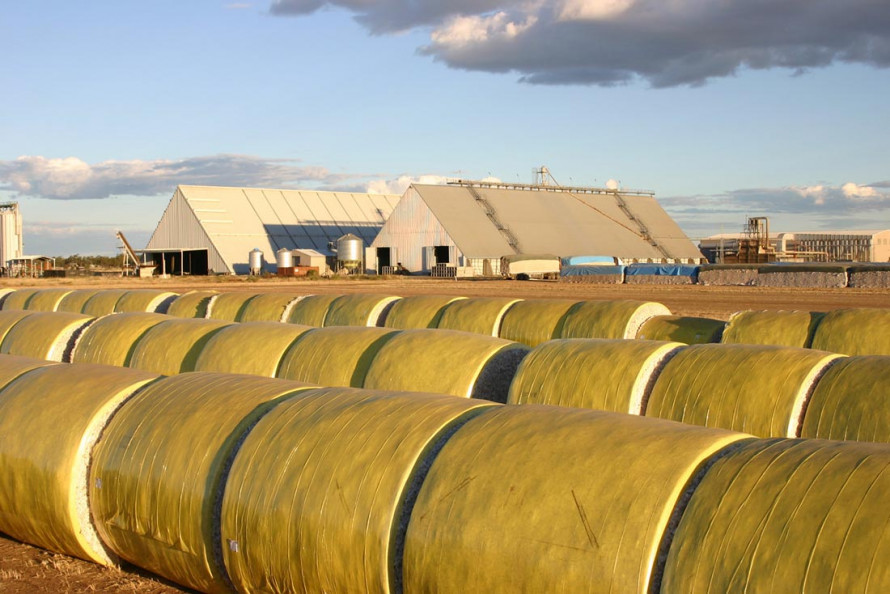By Lewis Jackson, Peter Hobson, Dominique Patton
SYDNEY/BEIJING, Sept 12 (Reuters) - Buyers including a state-owned Chinese company are stockpiling Australian cotton in Chinese warehouses, betting that a three-year ban on imports will soon be lifted as diplomatic and trade ties between Beijing and Canberra ease.
Chinese customs data shows that 43,364 metric tons of Australian cotton entered bonded warehouses in China in the first seven months of this year, more than double all of 2022.
An additional 1,148 metric tons cleared customs, the same data showed. State-owned China National Cotton Group Corp is among the shippers, according to a trader who declined to be named because they were not authorised to speak to the media.
The company could not be reached for comment.
China typically accounts for nearly a third of Australian trade, and the cotton purchases follow a gradual easing by China of restrictions on Australian products like coal and wine which were imposed in 2020 after Canberra called for an international inquiry into the origins of COVID-19.
Chinese mills were ordered to stop buying Australian cotton in October 2020.
Diplomatic exchanges have ramped up after Australia elected the Labor government of Prime Minister Antony Albanese in May 2022, and since then China has lifted tariffs on Australian barley and resumed coal imports.
Cotton, copper, wine and hay remain subject to some form of restriction, but Australia shipped 19,767 tons of cotton worth around $41 million to China in July, the most since December 2019 and a surge from previous months, Australian customs data from the United Nation’s Comtrade database show.
Between late 2020, when Chinese mills were verbally instructed to stop buying Australian cotton, and this July, Australia shipped around 3 tons of cotton to China each month on average, according to the customs data.
“Merchants that I speak to are still shipping,” said an Australian trader who declined to be named because they were not authorised to speak to the media.
“Albanese’s announcement that he’s going to China keeps everyone hopeful,” he said. Albanese said this week he intends to go to Beijing this year, the first visit by an Australian leader since 2016.
Lower-than-expected production in the United States may have also lifted demand for Australian cotton, said Edward McGeoch, an analyst at Rabobank in Australia.
Some Chinese companies also appear to be using Australian cotton to fulfill orders from the United States, which has banned cotton from China’s northwest Xinjiang region over concerns of forced labour, said another Australian cotton trader who declined to be named because they were not authorised to speak to the media.
“More queries have been coming in from Chinese buyers,” the trader said.
Reporting by Lewis Jackson in Sydney, Peter Hobson in Canberra and Dominique Patton in Beijing; Additional reporting by Beijing Newsroom; Editing by Miral Fahmy


